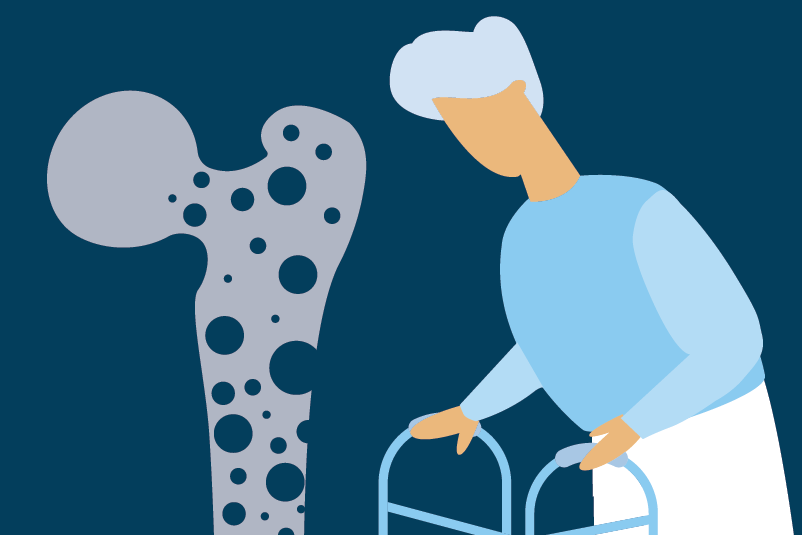#45 Polyethylene Glycol (PEG) for Paediatric and Adult Chronic Constipation

Reading Tools for Practice Article can earn you MainPro+ Credits
Join NowAlready a CFPCLearn Member? Log in
- Adults outcomes, statistically significant:
- PEG versus placebo:1,2,3,4
- Relief of constipation: Number Needed to Treat (NNT)=2-3.
- Increased stool frequency: 2-3 more per week.
- PEG versus lactulose:3,5
- Increased stool frequency by 1-2 more per week; reduced need for additional interventions.
- PEG versus placebo:1,2,3,4
- Paediatrics outcomes, statistically significant:
- PEG versus placebo:6,7
- Increased stool frequency: 1.5 to 3 more per week.
- PEG versus lactulose:5,6,7
- Increased stool frequency: 0.7 to 1.5 more per week.
- Increased likelihood of successful disimpaction: NNT 5
- PEG versus milk of magnesia:7
- Increase in stool frequency: 0.7 more per week.
- Multiple outcomes improved such as resolved constipation, reduced abdominal pain, and reduced need for additional interventions.5,7
- One review found no difference between PEG and other laxatives but excluded relevant studies.8
- PEG versus placebo:6,7
- Other reviews found similar.9,10
- Chronic constipation impacts quality of life similar to diabetes and stable ulcerative colitis.15
- Compared to lactulose, PEG may be better tolerated2 and is cost effective16 at approximately $1.00 per day (at 17 grams/day).
- Although types of PEG vary in trials, this seems to have little impact on success.5,6
- Current guidelines recommend PEG as the first line agent in paediatric17,18 and adult constipation.19
- In reviews of multiple agents versus placebo, PEG has better evidence (versus senna or docusate)2 or better NNT (than psyllium or prucalopride).1,2
- Dosing:
- Adults, 17 grams daily.6
- Paediatrics, 0.6 grams/kg/day (or 5-12 grams/day).6
- Higher PEG doses (0.7 grams/kg/day) increases stool frequency over lower doses (0.3 grams/kg/day) by 1-2 more per week with no increase in adverse effects or fecal incontinence.5
- Titrate doses to symptom relief and adverse events (diarrhea).






